12 Countries With Red and White Flags
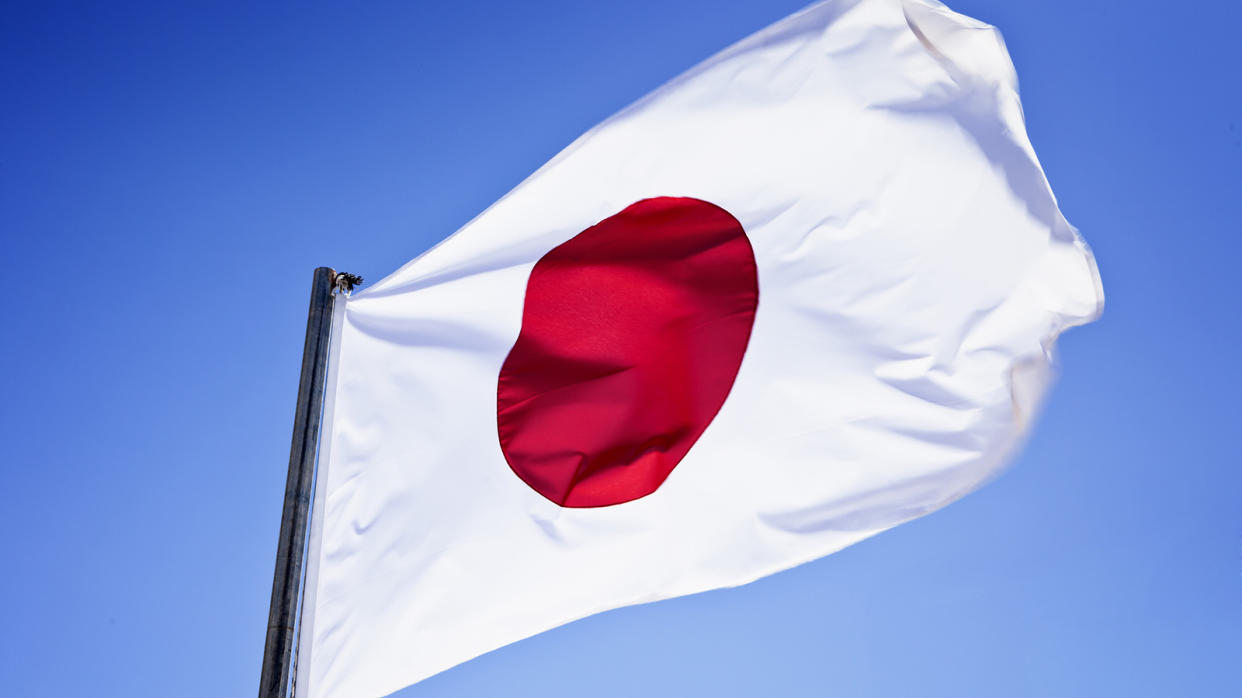
Countries with red and white flags weave a common thread through the tapestry of global emblems, each banner fluttering with its own story. These colors often symbolize historical sacrifice and purity, with nations like Indonesia and Monaco sharing nearly identical ensigns.
Yet, each country infuses its flag with distinct significance; Poland's emblem harkens back to its medieval roots, while Canada's maple leaf stands as a symbol of its natural beauty and strength. Such flags reflect not just a nation's identity but also its values, aspirations and the historical paths trodden by its people.
These striking flags, from the deep crimson of Turkey's star and crescent to the intricate maple leaf of Canada, symbolize a spectrum of histories and hopes, courage and peace.
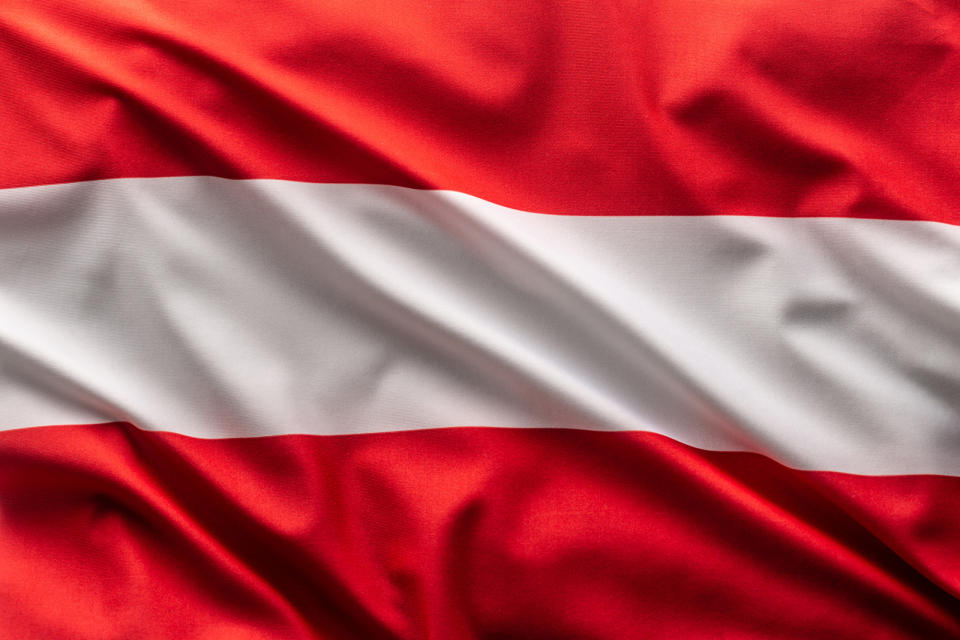
Austria
The flag of Austria, known for its iconic red-white-red triband design, is steeped in origins that trace back to the 13th century and the House of Babenberg.
Traditionally, the flag's colors don't have an official interpretation, but the red and white have been associated with the Duchy since Duke Leopold V's tunic became bloodstained after a battle, leaving a white stripe where his belt had been.
The flag symbolizes Austria's historical heritage and national unity. The version with the black eagle, which is Austria's coat of arms, represents the federal state and is used by government authorities.
Flag Terms to Know
In the study of flags, known as vexillology, every term paints a part of the picture. The hoist refers to the side where the flag is fixed to the pole, and the fly is the fluttering end opposite it. The field is the flag's backdrop, which often bears a central emblem, symbol or design known as a charge. The canton is a special section near the hoist, reserved for significant icons. For example, the flag of the United States features a canton, known as the "Union," which is the blue rectangle in the top left corner that contains the 50 stars representing the 50 states. And finally, fimbriation is a narrow border or edging of contrasting color between larger areas of different colors. It's used to separate colors that would clash or not stand out if they were adjacent, ensuring that each element is distinctly visible even from a distance.

Canada
The Canadian flag, often called the "Maple Leaf," is a powerful national symbol representing the essence of the North American country.
Its design consists of a bold, red maple leaf placed in the center of a white field, with two vertical red bands on the hoist side (closest to the pole) and fly side. The red maple leaf is a quintessential emblem of Canada, signifying the country's natural beauty and its people's enduring spirit.
The current flag, adopted in 1965, replaced the "Red Ensign" designs featuring the Union Jack. The adoption of this red and white national flag marked a significant moment in Canadian history, representing the nation's growing sense of identity and independence from British colonial ties.
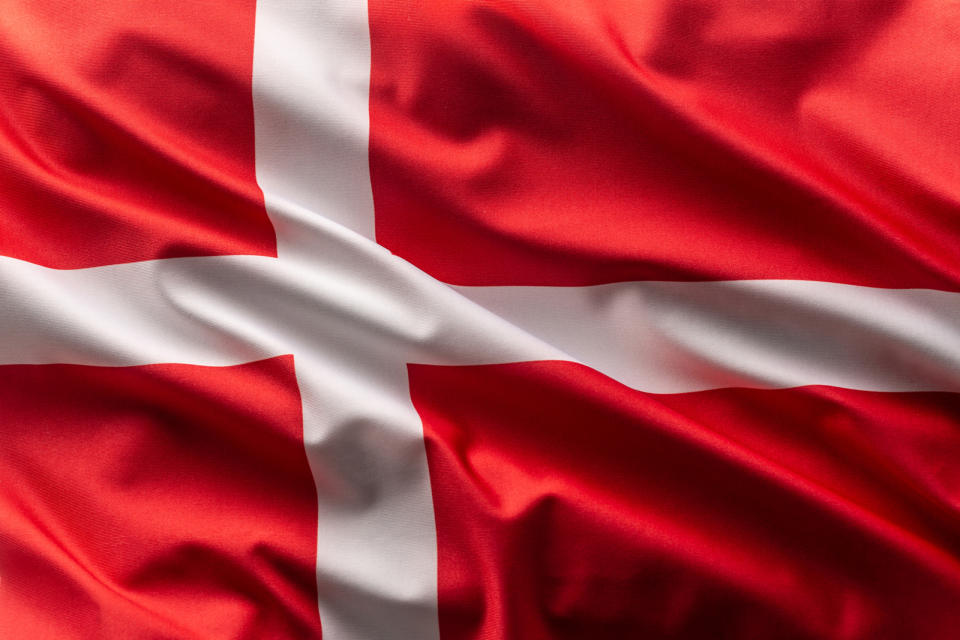
Denmark
The flag of Denmark, known as the Dannebrog, is among the oldest national flags still in use, recognizable by its red field and white Scandinavian cross that reaches the edges. The legend of its descent from the sky during the Battle of Lindanise in 1219, symbolizing divine favor, is an enduring part of Danish lore.
The white cross on the red background is believed to represent Christianity and the spread of the Christian faith throughout Denmark. Some interpretations also associate the flag's design with the courage and sacrifice of the Danish people in their historical struggles.
The Dannebrog's distinctive design has inspired the creation of several other flags, including those of other Nordic countries like Sweden, Norway, Finland and Iceland.
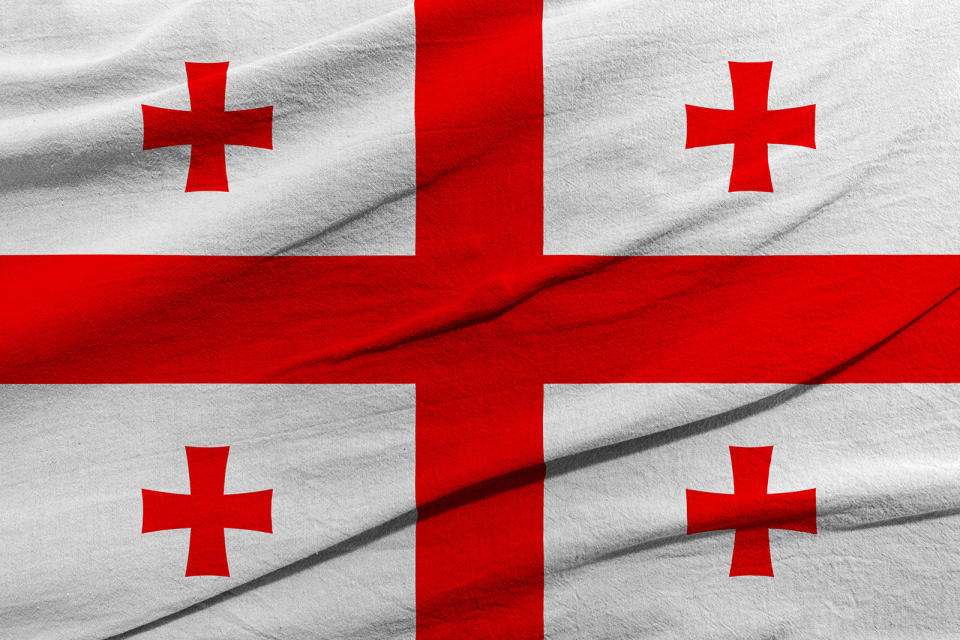
Georgia
The flag of Georgia, a country in the South Caucasus region, consists of a white background with five red crosses, symbolizing the Christian heritage and history of the nation. This design, known as the "Five-Cross Flag," has deep historical and religious significance.
The most prominent cross represents the cross of St. George of Cappadocia, a Christian martyr and patron saint of Georgia. The four smaller crosses, known as Bolnisi crosses, are placed in the four quadrants created by the large cross. They represent the four gospels of the New Testament.
The white background symbolizes purity, and the red crosses represent Christ's blood and the Georgian people's courage. This flag design, adopted in the present form in 2004, draws upon historical flags and religious symbols important to the Georgian nation.
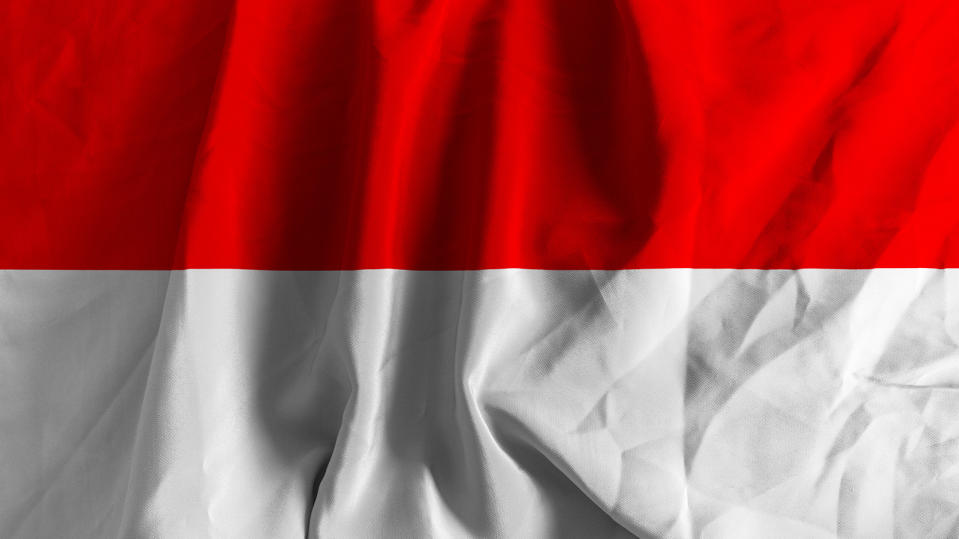
Indonesia
Indonesia's flag, known as the "Merah Putih" ("red and white") symbolizes the country's struggle for independence and its national identity. It consists of two equal horizontal bands: a red upper stripe and a white lower stripe. The red stripe represents courage and valor, while the white stripe represents purity and peace.
The colors and design of the flag are believed to have been inspired by the flag of the Majapahit Empire, a powerful and influential kingdom in Indonesian history. The flag was officially adopted on August 17, 1945, coinciding with the country's declaration of independence from Dutch colonial rule.
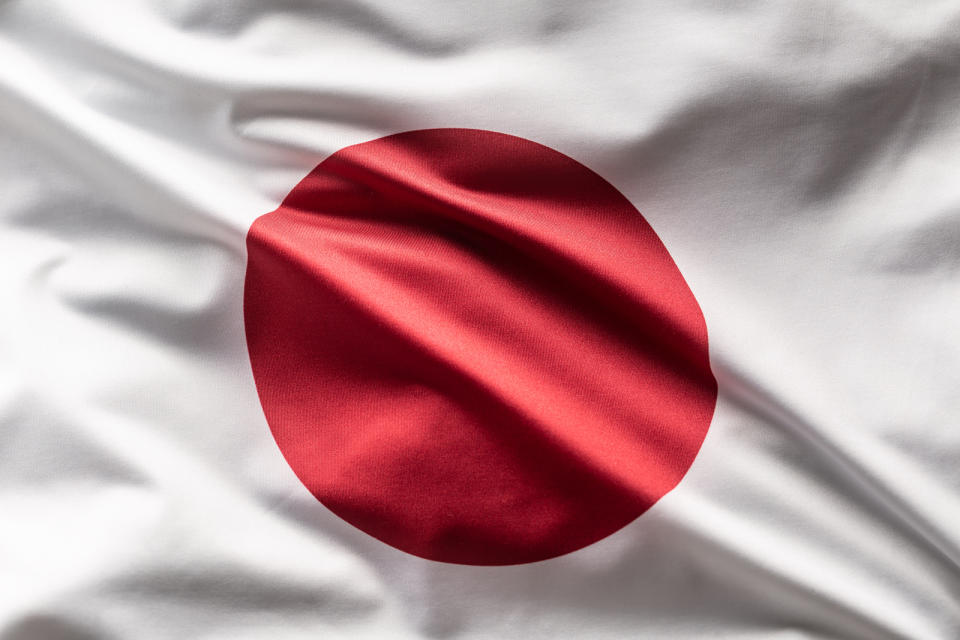
Japan
The flag of Japan, known as the "Nisshōki" or "Hinomaru" colloquially, has a simple yet iconic design. It features a white rectangular field with a centered red circle.
The red circle represents the sun, which holds significant cultural and historical importance in Japan. It symbolizes the Land of the Rising Sun, a translation of the country's name, Nihon (日本).
The flag's design has been associated with Japan for centuries, and its origins can be traced back to the country's feudal era. Over time, it became more widely used and was officially adopted as the national flag in 1870 during the Meiji Restoration, marking the beginning of modern Japan.
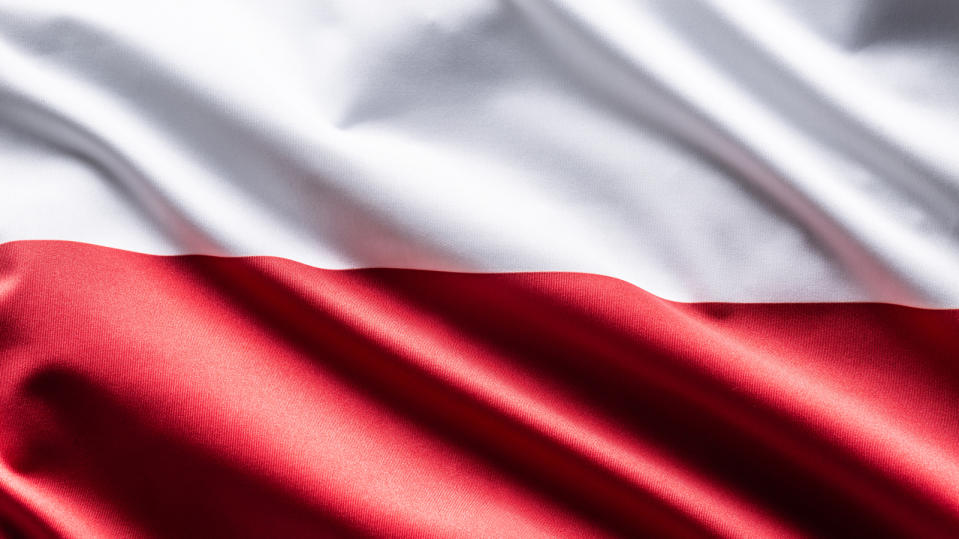
Poland
Poland's flag, known as "Bia?o-Czerwona," features two horizontal stripes: a white upper stripe and a red lower stripe. This simple yet powerful design has symbolized Polish identity and nationhood for centuries.
The flag's white and red colors have historical significance and are deeply ingrained in Polish culture. The color white symbolizes peace, purity and the nation's aspiration for these values, while the red color represents bravery, sacrifice and the spirit of the Polish people in the face of adversity.
The flag's design dates back to the medieval period and has evolved over time, culminating in its modern form. The Polish flag was officially adopted on August 1, 1919, but it has been in use for centuries.
It has endured through Poland's tumultuous history, including periods of partition and foreign occupation, making it a powerful symbol of Polish identity and resilience.

Singapore
The flag of Singapore, known simply as the "National Flag," features a red field with a white horizontal crescent moon and a circle of five white stars in the top left corner.
The red symbolizes universal brotherhood and equality, the white represents purity and virtue, the crescent moon signifies a young nation on the ascent, and the five stars stand for the country's ideals of democracy, peace, progress, justice and equality.
The flag was unveiled on December 3, 1959, and officially adopted when Singapore gained independence in 1965. This flag, replacing the British Union Jack, marked a new era of self-determination and pride for the nation?.
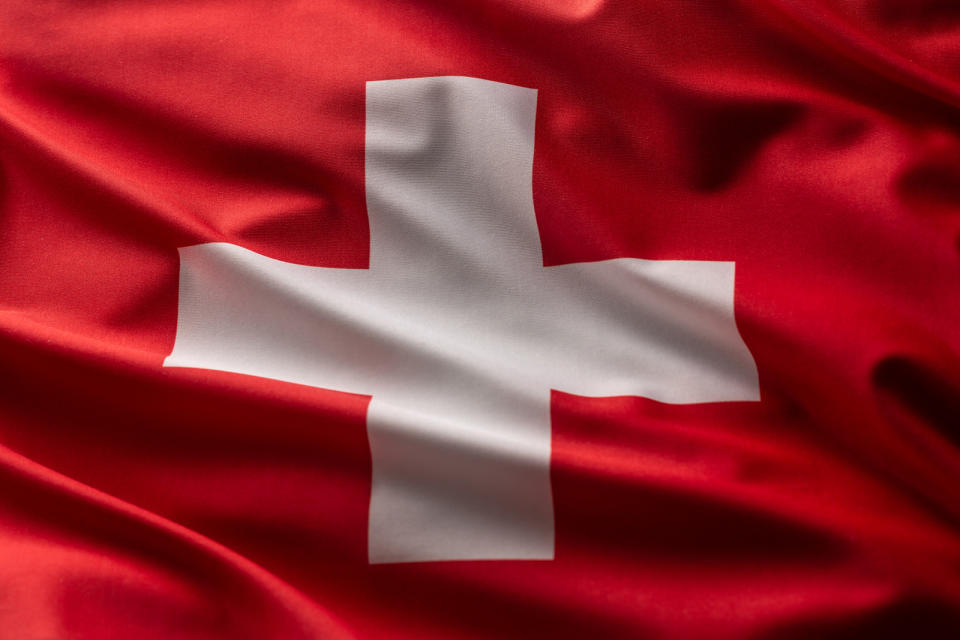
Switzerland
The flag of Switzerland, known as the "Swiss flag" or "Schweizer Fahne," is a simple and iconic design featuring a white cross on a red background. This striking and highly recognizable flag symbolizes Switzerland's national identity, neutrality and historical commitment to peace.
The red color is often associated with bravery and valor, while the white cross symbolizes purity and faith.
The Swiss flag dates back to the late 13th century, and its design has also inspired the creation of the Red Cross emblem, a globally recognized symbol of humanitarian aid and medical care.
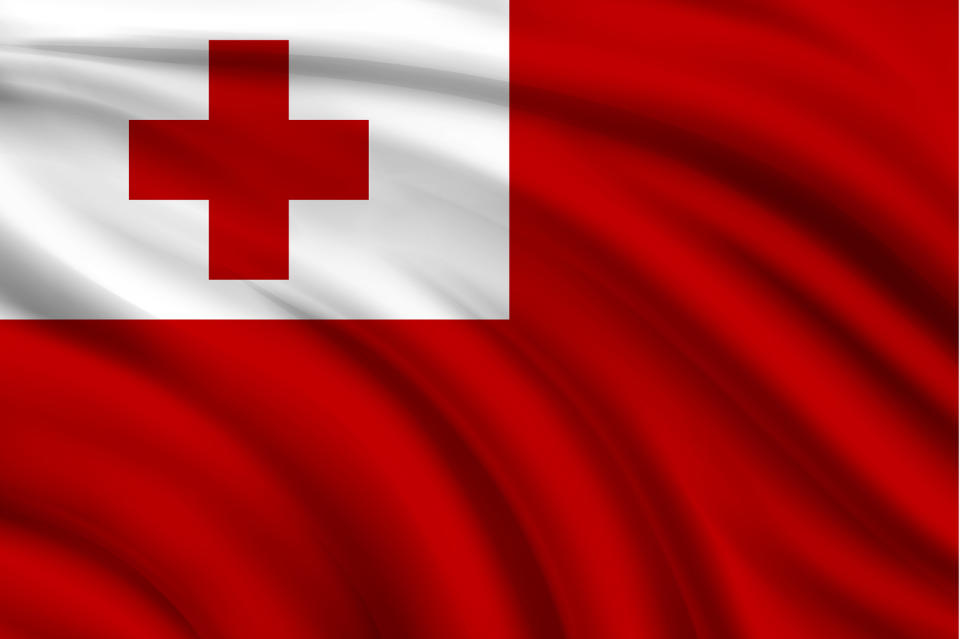
Tonga
The national flag of Tonga, also known as "Tonga Tautahi," boasts a bold red field with a white canton in the upper left corner. Within this canton lies a red Greek cross that is central but does not reach the edges, creating a striking contrast.
This design was adopted on November 4, 1875, under King George Tupou I, symbolizing the Christian faith that is integral to the Tongan way of life.
The red of the flag represents the blood of Christ, reflecting the country's devotion and deep-rooted religious values, while the white stands for purity. The flag's enduring design is a point of national pride and an emblem of the Kingdom of Tonga's sovereignty and identity.
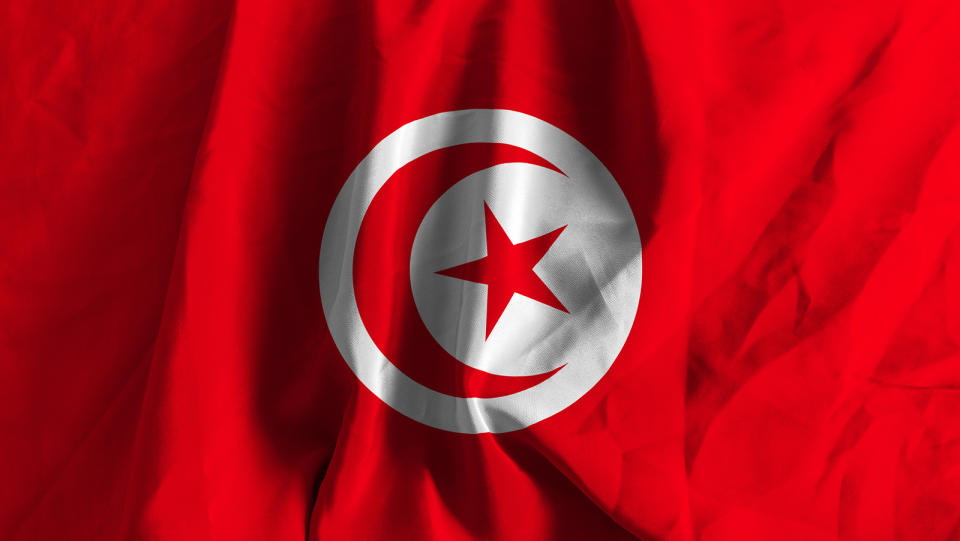
Tunisia
The flag of Tunisia, also known as "Ala-l-Husn," prominently displays a red field symbolizing the bloodshed for independence. At the center lies a white circle, representing peace, which encases a red crescent and star — symbols reflecting Tunisia’s Islamic heritage and majority Muslim population. These elements underscore Tunisia’s historical connections to the Arab and Islamic worlds.
Tunisia adopted this design when it declared independence from French colonial rule on March 20, 1956, and it was retained when the country became a republic on July 25, 1957.
Decades later, the red and white flag would play a significant role during the Arab Spring uprising in 2010-2011. Protesters prominently displayed the flag as a symbol of their demand for political change and social justice, making it an emblem of the revolution.
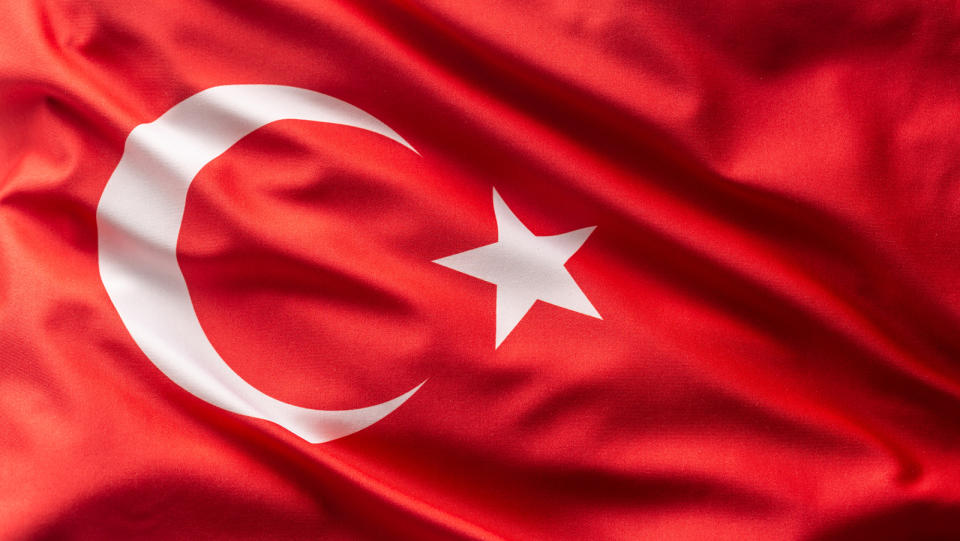
Türkiye (Formerly Turkey)
Known as the "Turkish flag" or "Ay Y?ld?z" (Moon Star), Türkiye's flag consists of a white crescent moon and a star on a red background. The red field signifies the bloodshed of those who fought for Turkish independence, while the white crescent moon and star represent Turkish national identity and history.
The star and crescent are symbols with a deep history, used long before the Ottoman Empire and the establishment of the Turkish Republic. These symbols began appearing on Ottoman flags in the second half of the 18th century as part of wide-ranging reforms that aimed to modernize the Ottoman state along European lines.
The flag's adoption on October 29, 1923, marked the formal establishment of the symbols as part of the identity of the new republic.
This article was written in conjunction with AI technology, then fact-checked and edited by a HowStuffWorks editor.
Original article: 12 Countries With Red and White Flags
Copyright ? 2023 HowStuffWorks, a division of InfoSpace Holdings, LLC, a System1 Company